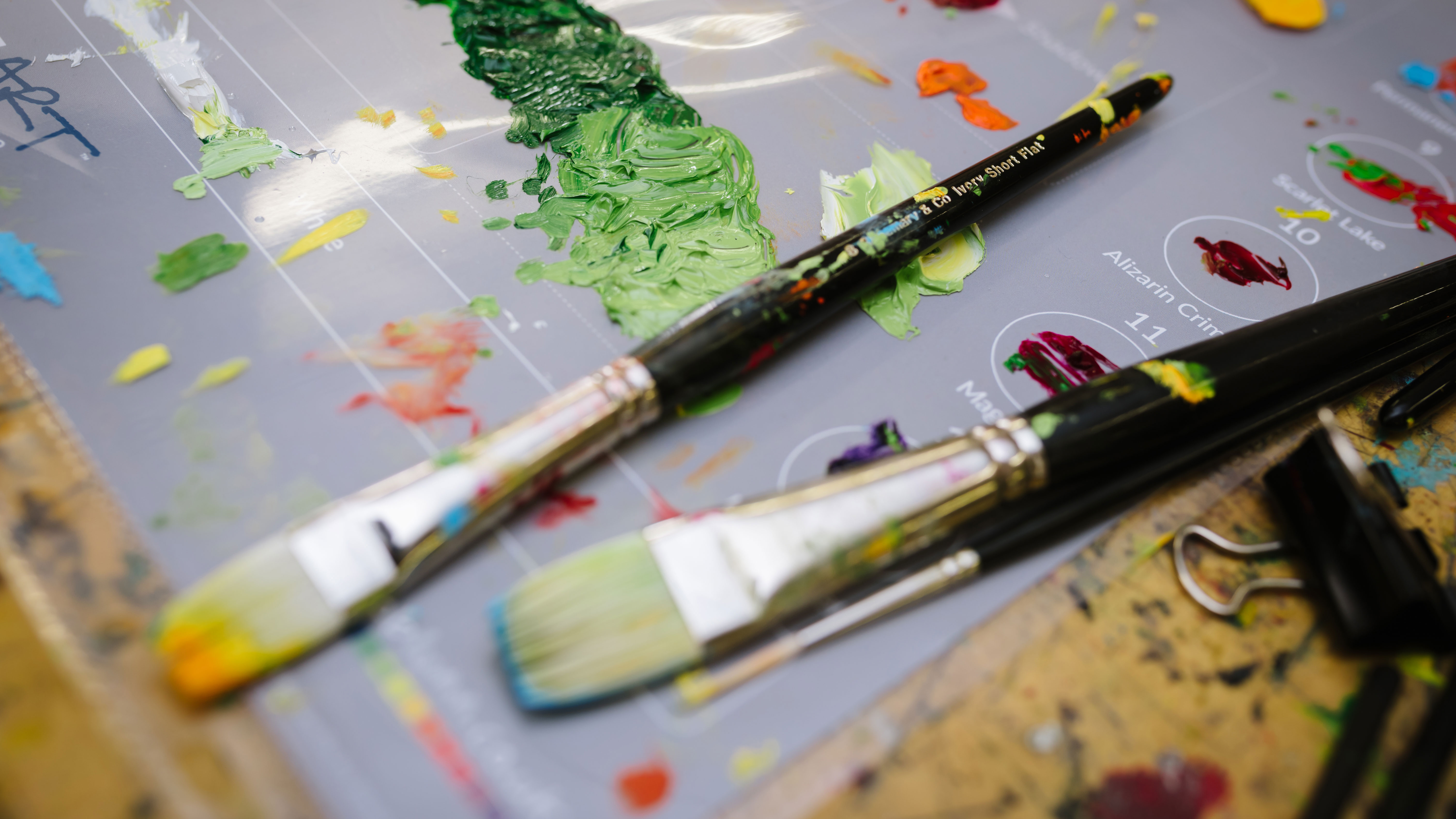
Learning how to clean paintbrushes properly is an important skill. As the saying goes: If you look after your tools, your tools will look after you. When you start painting, a good set of brushes is one of the most important investments you'll make – and they can set you back a fair amount of money. So it makes sense to give them some TLC.
The golden rule when it comes to learning how to clean paintbrushes is to keep them wet while in use and give them a good clean when they're not. This approach will help you keep your brushes in good condition for longer. But cleaning paintbrushes is easier said than done, and there are certain techniques you need to know if you're going to clean them effectively and ensure they last. Need new ones? Try our best paintbrushes for oils roundup.
How to clean your paintbrushes depends on the type of paint you're using, although there are some tips commons to all. In this article, we'll explain different brush care variations for different mediums, starting with oil paint. You can skip to other sections using the links above.
For more painting and drawing advice, check out our posts on art techniques, how to draw, which paint brush to use or canvas painting for beginners.
How to clean oil paintbrushes
There are more steps to cleaning oil paint from paintbrushes than with other types of paint, but it's still a fairly simple process. These are the steps to follow:
01. Remove paint from the bristles
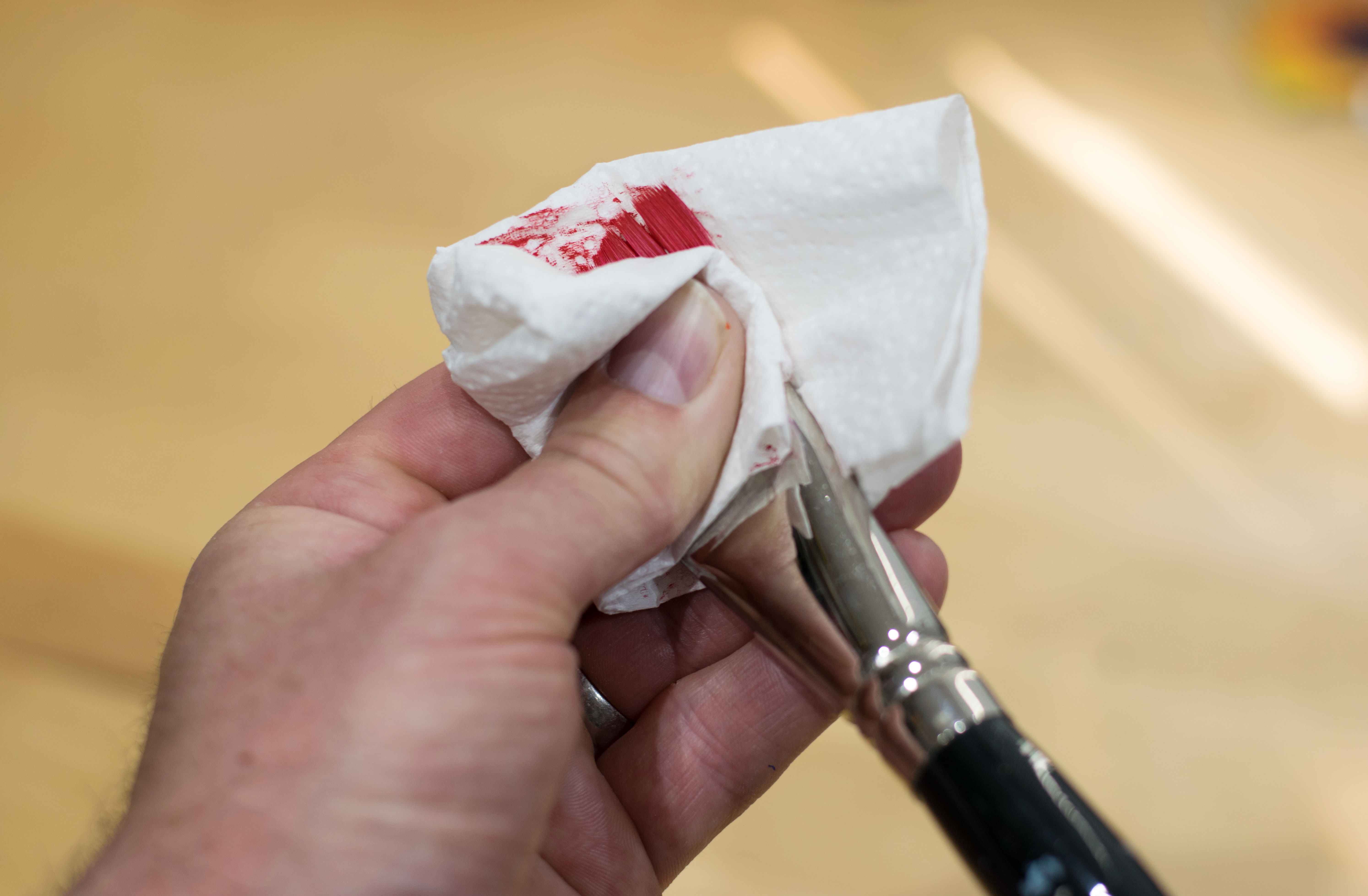
First, remove as much paint as possible from the bristles by folding a clean cloth or paper towel around the ferrule of the brush (the bit just below the bristles) and wiping upwards – always move the cloth from the ferrule to the end of the bristles; You don’t want paint getting down the ferrule as this will ruin the brush. Continue until very little paint is left showing on your cloth.
02. Ditch the white spirit
For some, the go-to cleaning solution for oil paint is white spirit (mineral spirits in the US), but there are much better and safer alternatives, both for the user and the environment. The next best alternatives to white spirits are ‘clean' spirits such as Bartoline Clean Spirit. Use this just as you would traditional white spirit, but please don't pour it down the drain afterwards. Take it to your local recycling centre, or even better, recycle it yourself. Decant the dirty 'wash' spirit into an empty clean spirit container. Over time, the pigment will sink to the bottom, leaving reusable clean spirit above.
Get the Creative Bloq Newsletter
Daily design news, reviews, how-tos and more, as picked by the editors.
The best solution for cleaning oil paint off brushes is pure oil itself, but it does take a bit more work. Linseed oil dries quicker than other oils so a better alternative is walnut oil or safflower oil. One option is this pack of Terlans Walnut Oil, paint thinner and brush cleaner. If you do use mineral spirits, opt for an odorless version such as Gamsol Odorless Mineral Spirits.
03. Place brush in pot
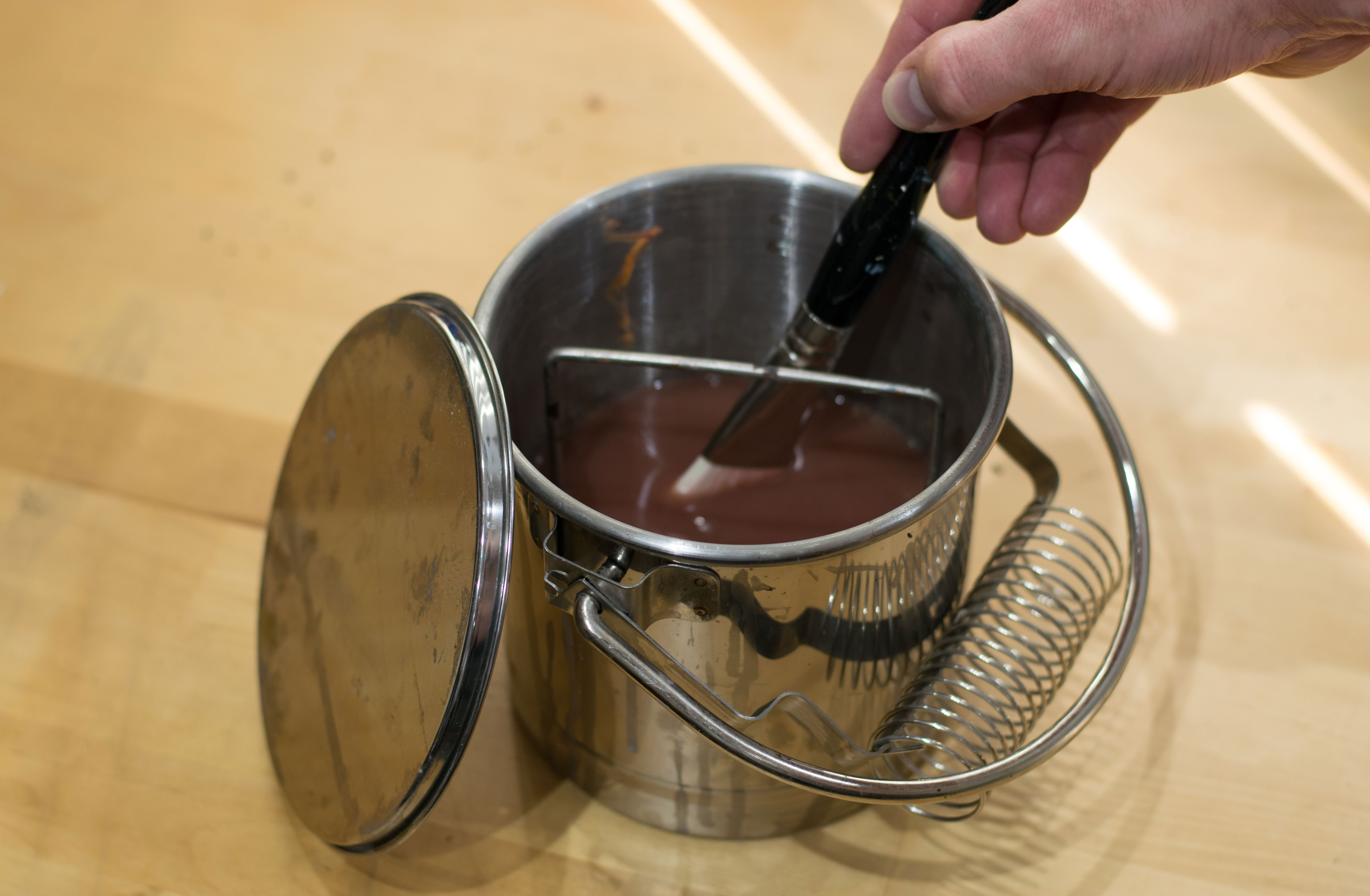
Next, you’ll need to use your spirit or oil. For this, you'll probably want to kit yourself out with a metal brush washer (try this Guerrilla Painter Plein Air stainless steel brush-washer) – these make light work of brush-cleaning and are a great investment. Fill the washer up with spirit, and then, holding your brush almost vertically, gently run the bristles back and forth across the perforated metal insert submerged in your spirit or oil.
This knocks off pigment from the bristles without swilling up the sediment at the bottom of the pot. The sediment can be dredged from time to time and disposed of responsibly. If you’re using oil instead of clean spirit you may need to repeat this step, wiping with a clean cloth each time, as described in step #1.
04. Use a brush preserver
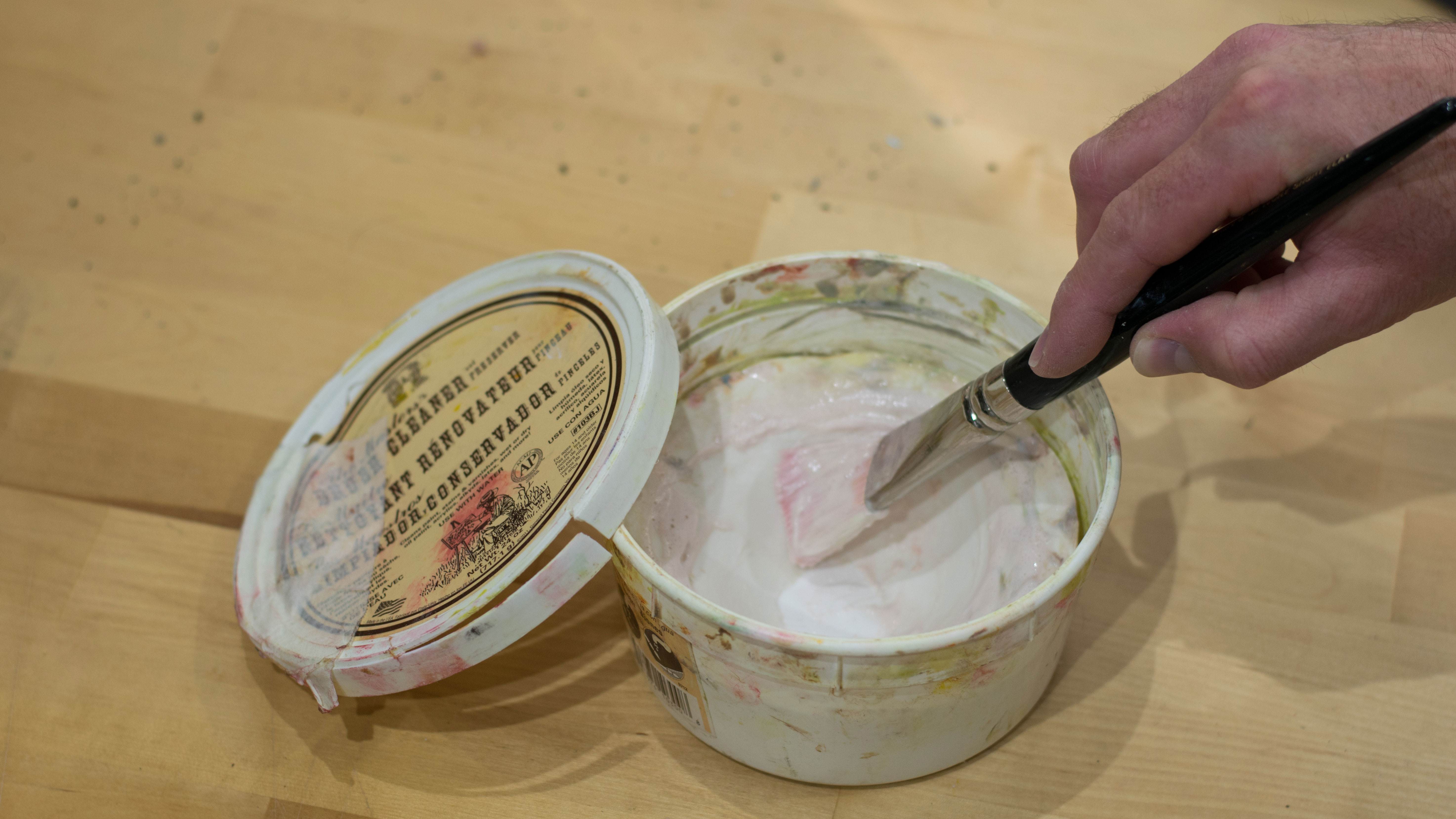
For a final clean, consider using a paintbrush cleaning soap. We recommend The Masters Brush Cleaner and Preserver (available in 2.4oz pots or industrial-sized pots). Using a little water, work up a lather with your brush in the centre of the soap. You'll then want to work the lather through the bristles with your thumb and forefingers, always working from the ferrule out towards the ends of the bristles. Continue until no pigment can be seen in the lather. Note that some pigments will stain bristles permanently.
05. Prepare to store
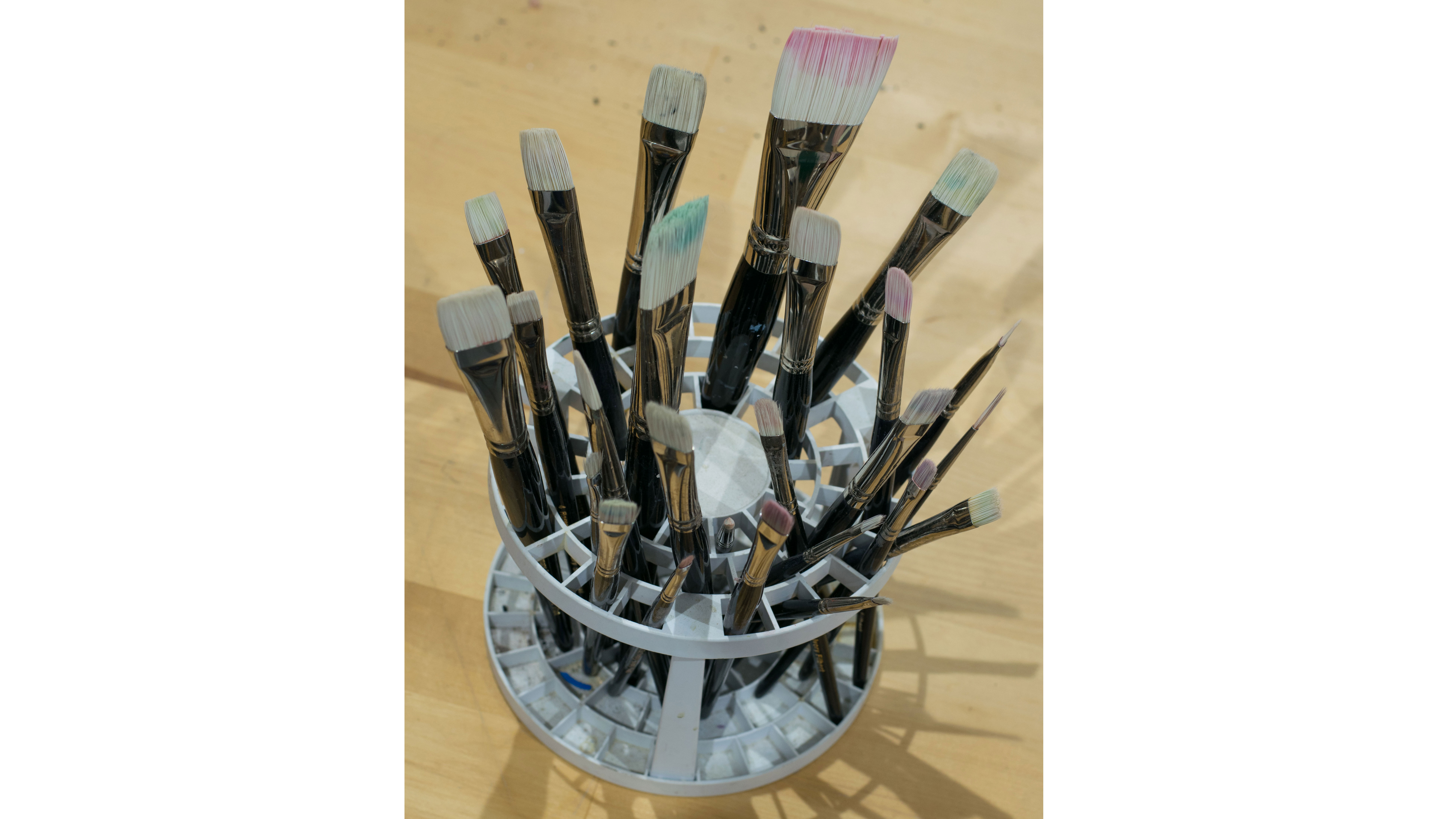
Finally, you can rinse in clean water, reshape with your fingers and allow to dry in a holder or pot. If you’re storing for some time you can add a final dose of clean soap lather and reshape with your fingers. Leave your brush suspended to dry. Once dry, the soap will hold the shape of the bristles hard until the brush is needed again.
How to clean acrylic paintbrushes

Acrylic paint can be used thick like oils or it can be diluted with water for watercolour-like effects. For the former, use the following process. For diluted acrylics, see the method described for watercolour paintbrushes below.
Cleaning undiluted acrylic paint from brushes is similar to oil paint (see above), but instead of using spirit or oils, you just use water.
01. Use a cloth to wipe clean
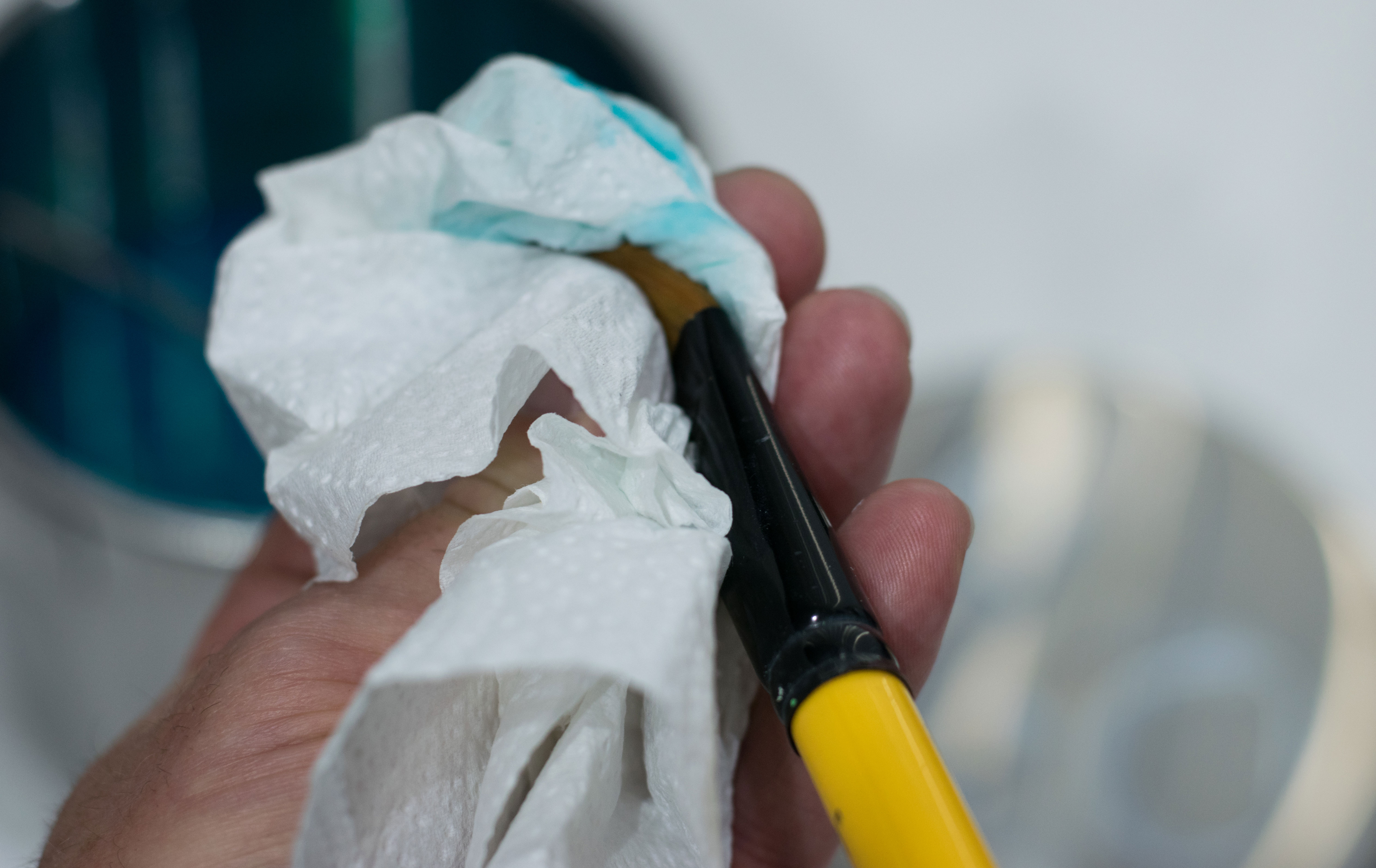
First, clean off as much paint as you can using a clean cloth or paper towel. Wrap the cloth around the ferrule of the brush and, squeezing the cloth with your thumb and forefinger, work up towards the end of the bristles. Repeat as many times as necessary.
02. Clean paintbrushes in water
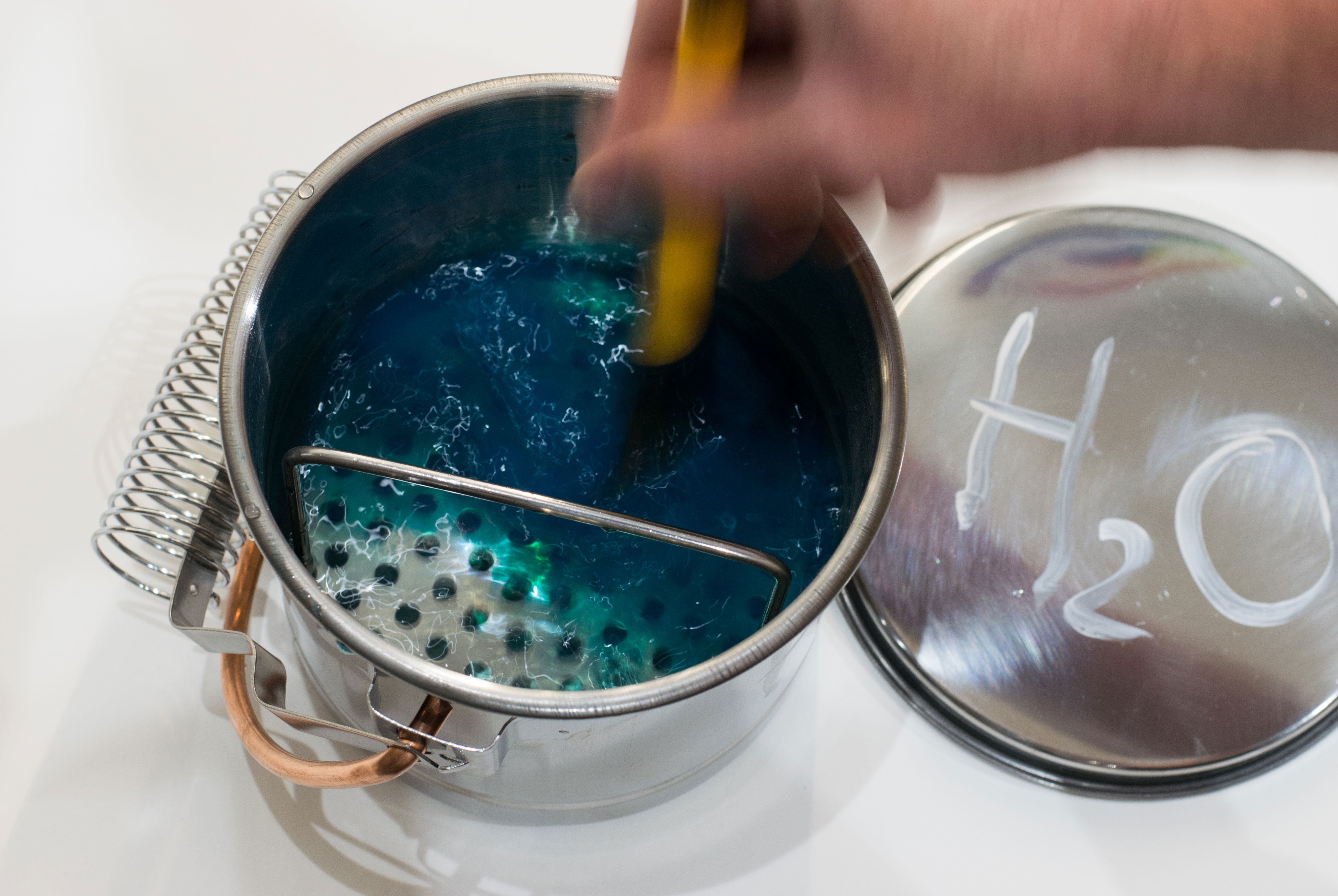
Use water in a jar or brush-washer (again, you might want to try the Guerilla Painter Plein Air brush washer). Clean as much paint as you can from the bristles. Use a clean cloth to make sure you’ve cleaned out the paint. Repeat if necessary.
03. Final clean and store
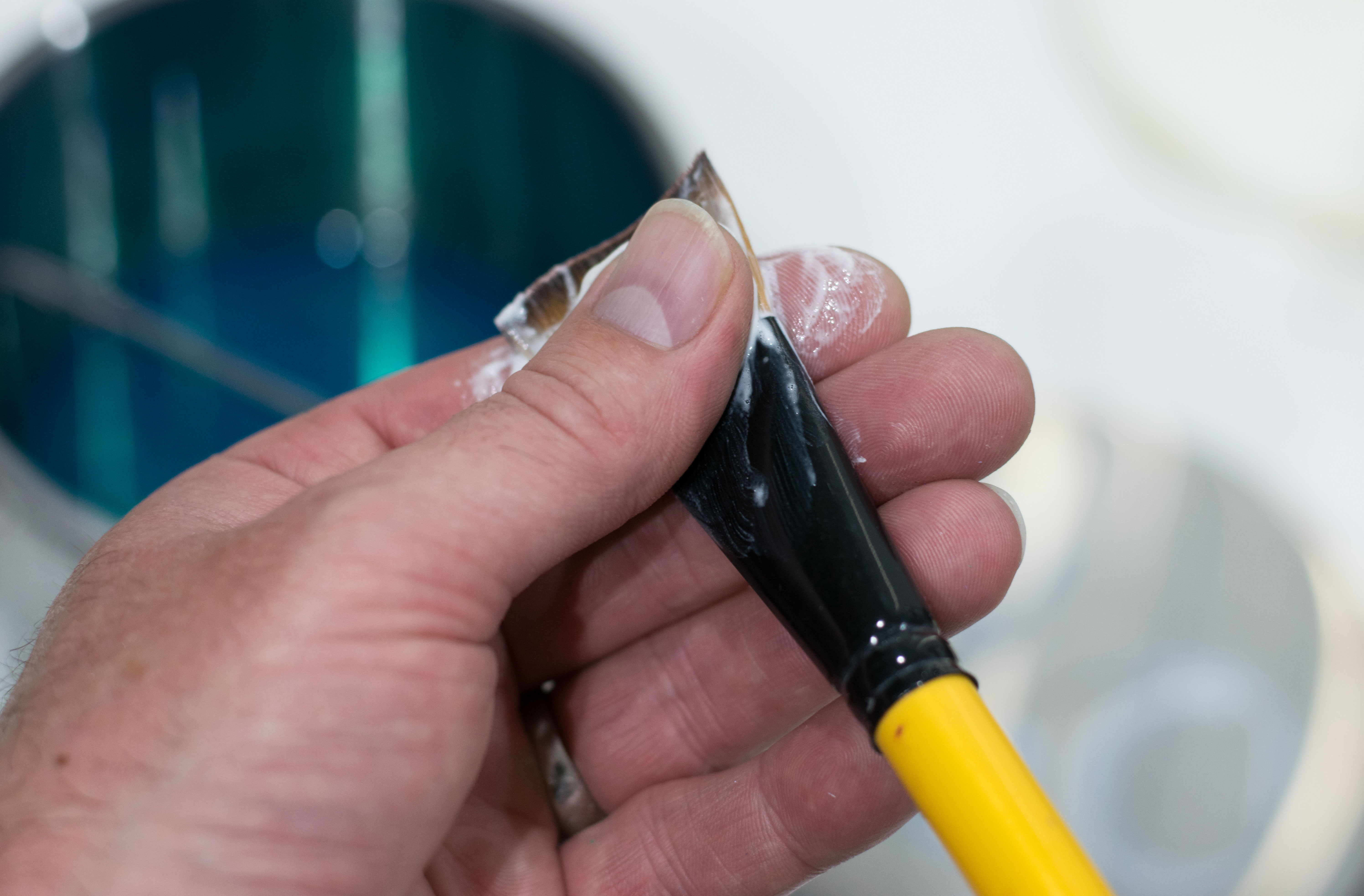
For a thorough clean, use The Masters Brush Cleaner & Preserver as instructed in the Oil Paint section above (step #4). If you're wondering what types of brushes to use for acrylics, see our guide to the best acrylic paintbrushes.
How to clean watercolour paintbrushes
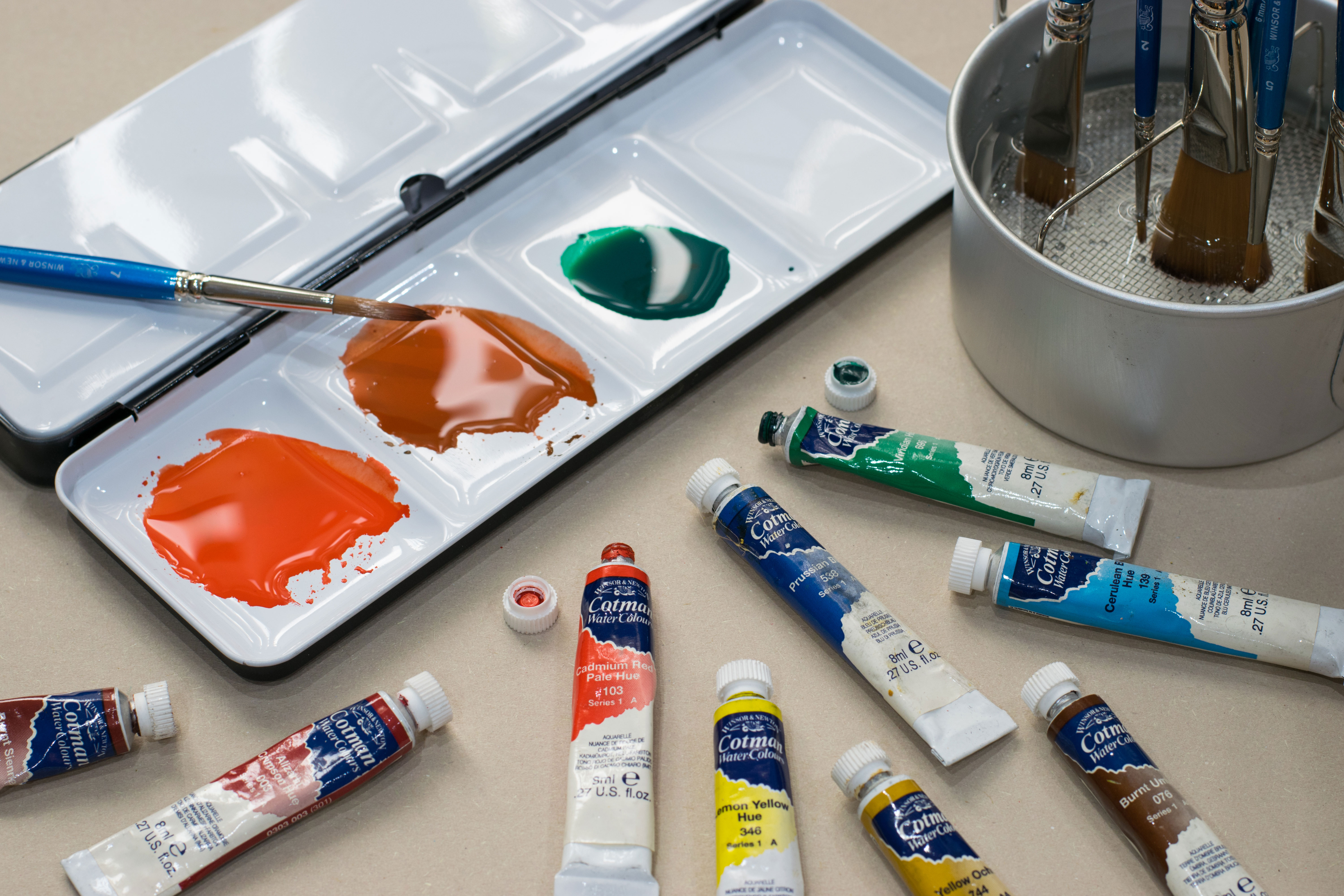
Watercolour brushes are more delicate than brushes designed for acrylic and oils and should be treated accordingly.
01. Clean with water as you go
As a lot of watercolour paint is used in highly diluted ‘washes’, it should take less work to remove the pigment from the bristles. Instead of cleaning with a cloth, keep a vessel of water close to hand at all times, swilling the brushes between washes. One tip is to use a brush washer with a holder so you can suspend the bristles in water when not in use.
02. Dry with a cloth and store
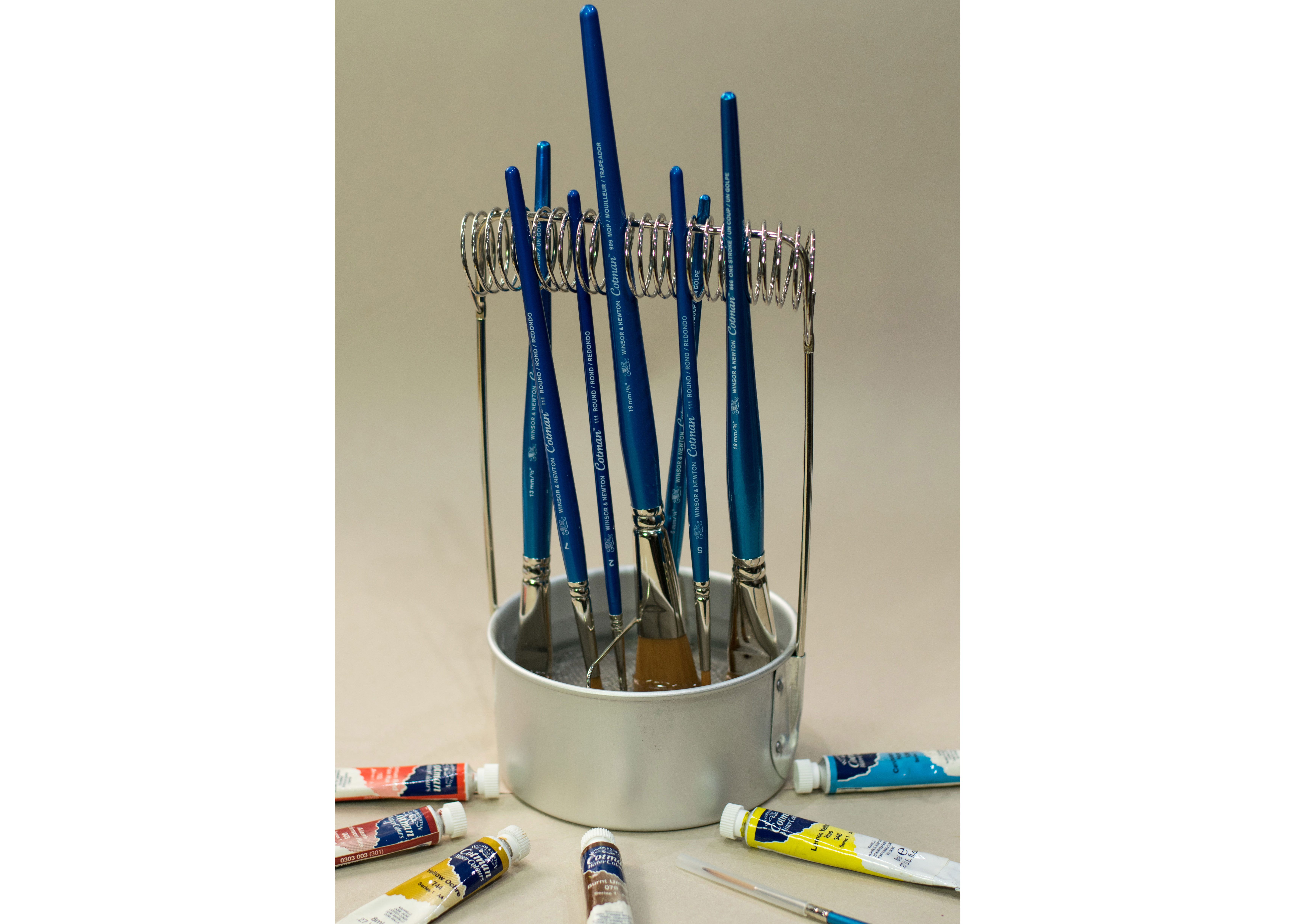
Dry with a cloth or paper towel, as with acrylics, and air-dry in a pot or holder.
03. Reshape the bristles
As with oils and acrylics, use The Masters Cleaner & Preserver and reshape the bristles as described in the previous sections.
Dirty ‘wash’ water should be collected and disposed off responsibly. It's also possible to allow dirty wash water from watercolour and acrylic paint to settle naturally in larger containers as you can with oil paint in clean spirit. The golden rule is: never chuck it down the sink!
How to clean other paintbrushes
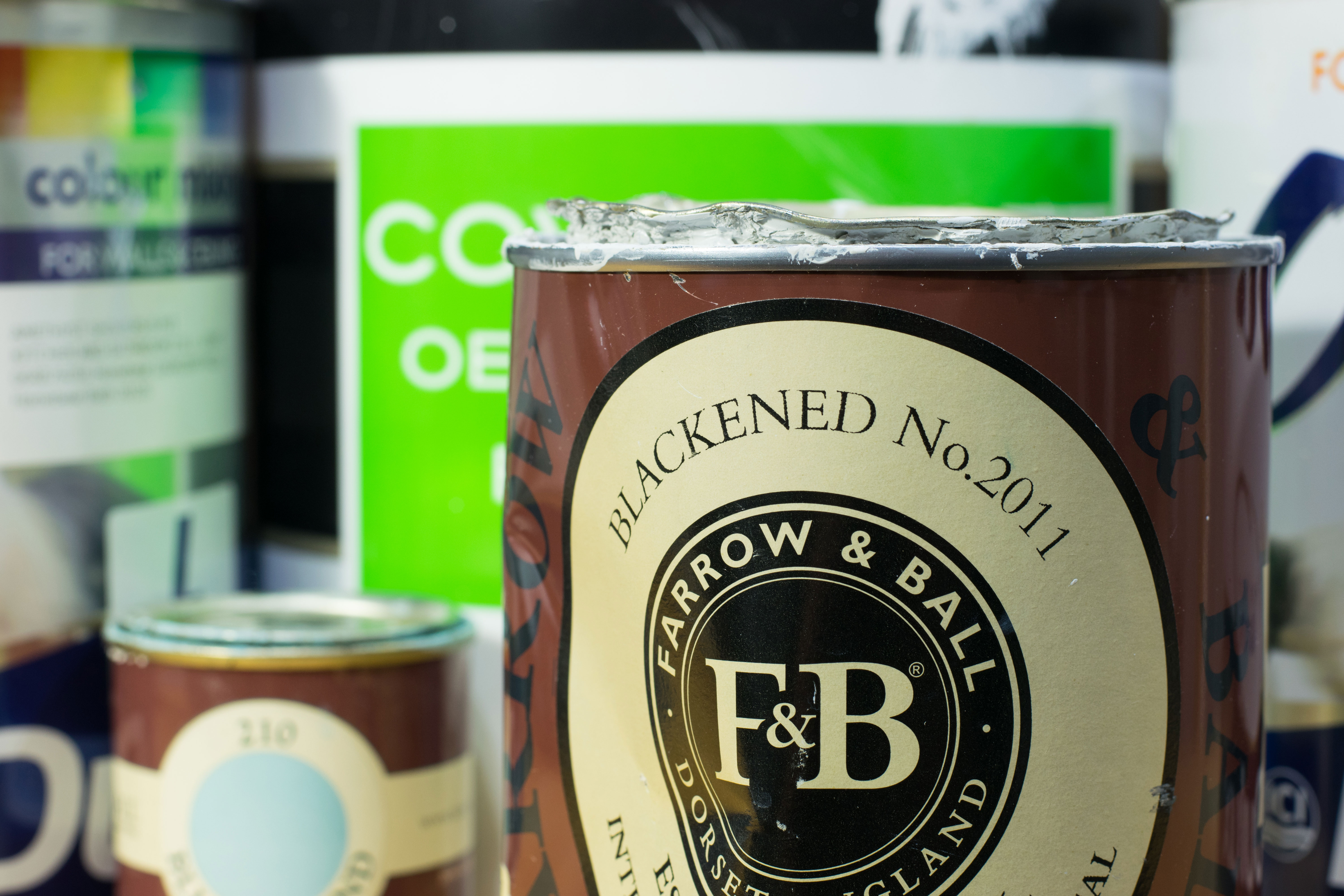
When it comes to using other paints for murals or other projects, all paints will fall into two basic categories: water-based or oil-based. The only exceptions are some specialised paints that are thinned using mentholated spirits, but these tend to be more for trade use. Always read the side of the tin and follow the manufacturer's cleaning instructions.
It’s best to clean brushes ASAP, but if you get caught short, a clean plastic bag can make a temporary brush-saver – just put your brushes in the bag until you can clean them properly.
Soak rollers used with water-based paints in a sink and wring with your hands to loosen off most of the paint or you’ll be there forever.
Read more:
- Isometric drawing: a designer's guide
- A beginner's guide to watercolour tools
- The best vector art tutorials

Thank you for reading 5 articles this month* Join now for unlimited access
Enjoy your first month for just £1 / $1 / €1
*Read 5 free articles per month without a subscription

Join now for unlimited access
Try first month for just £1 / $1 / €1

Rob Lunn is a self-taught painter, and loves to paint in oils. His influences are Vincent van Gogh, Caravaggio and Ilya Repin. He has taught art workshops since 2012 and gets a real buzz from teaching people to draw and paint. He has contributed to Paint & Draw magazine and bookazines, and has also provided traditional art tutorials for Creative Bloq.
